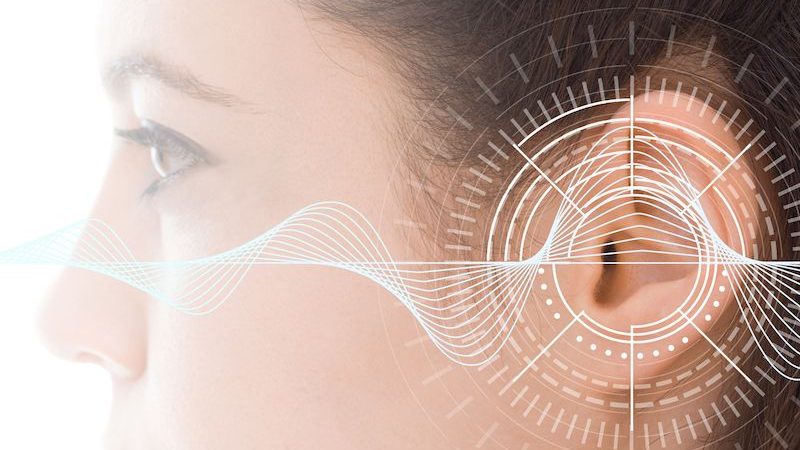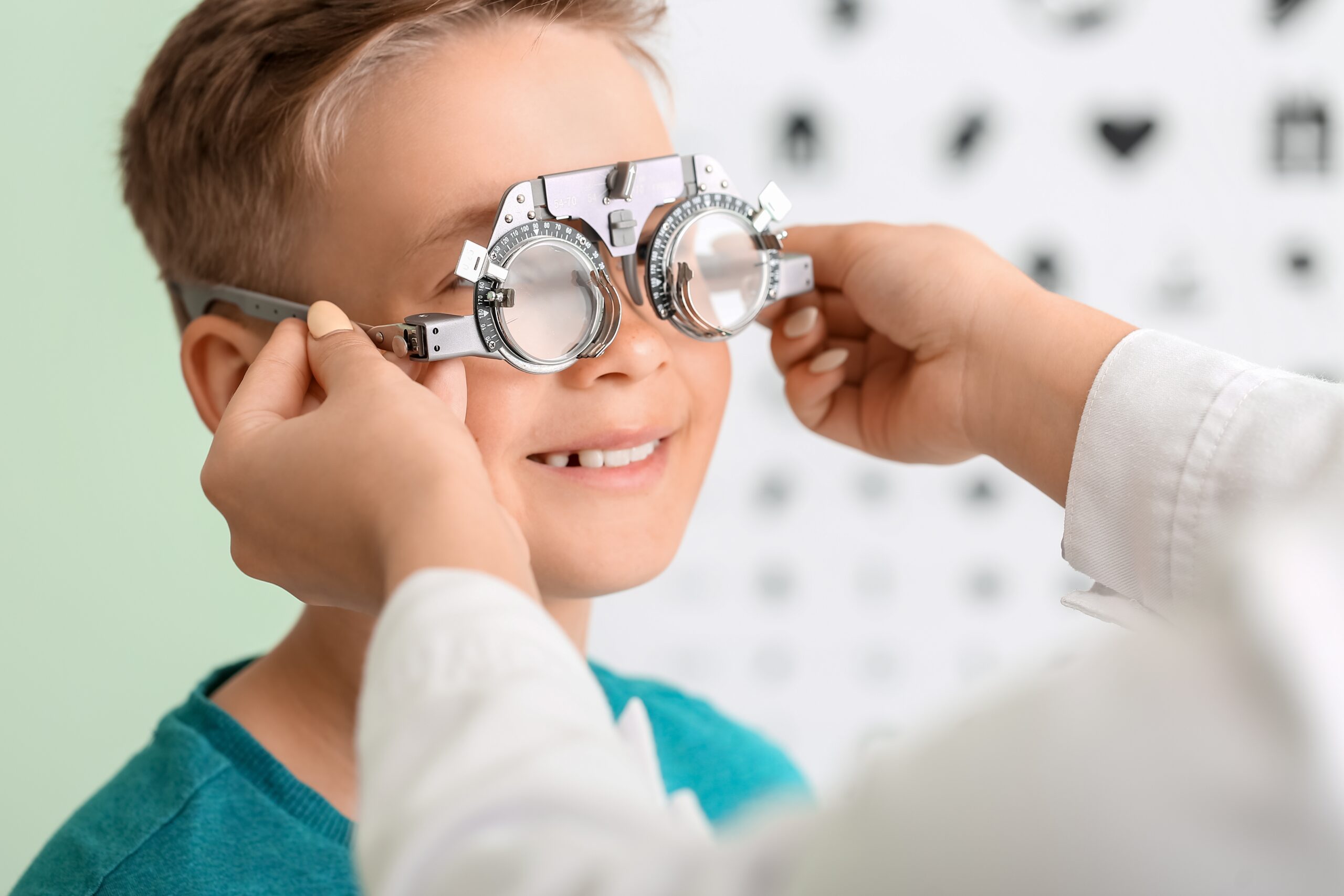Why Get a Hearing Test?
It can be easy to overlook the health of your hearing, especially if you’re not experiencing any troubling symptoms. Children often receive hearing checkups every few months as they develop, while many adults think that hearing loss is a problem that occurs way in the future. However, the truth is that hearing problems begin earlier than middle age, affecting many patients as early as their teenage years. Just like how you get your eyes checked once a year, your teeth cleaned every 6 months, and you see your doctor for an annual physical, it’s important to be proactive about your hearing health. A routine hearing exam should be part of your annual schedule to make sure everything’s working the way it should.

What are the Symptoms of Hearing Loss?
Hearing loss can have a surprising impact on your life and is much more common than you think. Symptoms can be hard to notice as out of the ordinary but include things like:
- Struggling to keep up with conversations, especially in noisy areas
- Having a hard time understanding people, especially if they’re wearing a mask
- Ringing or hissing sounds that interfere with your daily life
What to Expect From Your Hearing Exam
The whole process should take about 30 minutes, and it’s painless.
Most adults who get hearing tests are asked to wear earphones and listen to short tones that are played at different volumes and pitches into one ear at a time. Whether or not you can hear each sound shows whether or not you can hear high-pitched or low-pitched sounds, quiet or loud sounds, and whether your left or right ear has hearing loss.
During some hearing tests, you may also be asked to listen to speech at different volumes, which will be played into one ear at a time. The voices will be played quietly through your earphones, and you’ll be asked to repeat what words were just said. This test is done in a soundproof room, since some people have trouble hearing voices when there’s background noise.
What are the Different Types of Hearing Tests?
There are a number of different ways to gauge your hearing health. Here’s an idea of what you can expect from routine tests:
What is the Pure-Tone Audiometry Test?
This part of a hearing test usually involves pure-tone audiometry, which includes listening to tones at different pitches and volumes. It occurs in a sound-treated room. Your hearing care professional will communicate with you and provide instructions through your headphones. You will have to focus and listen carefully because you need to respond even if the tone sounds very soft and you can barely hear it. The test measures the very softest sounds you can hear at each frequency tested.
What is the Bone Conduction Test?
Audiologists use this type of testing when something, such as wax or fluid, is blocking your outer or middle ear. For this test, the audiologist will put a small device behind your ear or on your forehead. The sounds sent through this device cause your skull to gently vibrate. This vibration goes to the inner ear, or cochlea, and skips the outer and middle ear. This test tells the audiologist how well you hear and if there is a problem in the outer or middle ear.
What is Speech Audiometry Used for?
Speech audiometry is another component of most hearing tests, and it uses recorded or live speech instead of pure tones, in a quiet setting. The speech portion of the exam evaluates the softest speech sounds (threshold) you can hear and understand. You will then be asked to repeat back words that are presented at a level well above threshold to see how well you can understand them accurately.
What is the Tympanometry Test?
For these tests, a soft plug that creates pressure changes and generates sounds will be placed in the ear. This will determine how well your eardrum is moving and will measure the reflexive responses of the middle ear muscles.

What do the Results from my Hearing Tests Mean?
A hearing test isn’t a pass-fail exam. But the results can show whether you have hearing loss in one or both ears and how much hearing is gone.
The intensity of sound is measured in units called decibels. When someone whispers in your ear, that’s 30 decibels. Normal speech is 60 decibels. Shouting in your ear starts at 80 decibels.
Adults with hearing loss up to 25 decibels have normal hearing. Hearing loss breaks down this way:
- Mild hearing loss: 26 to 40 decibels
- Moderate hearing loss: 41 to 55 decibels
- Moderate-to-severe hearing loss: 56 to 70 decibels
- Severe hearing loss: 71 to 90 decibels
- Profound hearing loss: 91 to 100 decibels
You may be surprised if your hearing test results show that you have mild, moderate, or even greater hearing loss — especially if your hearing loss has crept up on you gradually. Your doctor may send you to see an ear-nose-throat doctor, perhaps to an audiologist – a doctor whose specialty is hearing.
Next steps after testing
Once your testing is complete, if you have hearing loss, your hearing care professional will recommend treatment. For most people with mild to moderate hearing loss, that means hearing aids. Fortunately, in recent years, hearing aids have become increasingly smaller and more advanced, often able to connect directly with smartphones and other devices.
Contact SightMD today to schedule an appointment with one of our doctors to discuss your hearing and vision health at one of our convenient locations!

Coping and Managing Tinnitus
Coping Strategies for Managing Tinnitus Tinnitus is a common condition characterized by the perception of ringing, buzzing, or other…

Early Eye Exams for Children
The Importance of Early Eye Exams for Children As parents, we prioritize our children’s health and well-being, but often…

Healthy Diet and Cataracts
The Role of a Healthy Diet in Preventing Cataracts As we age, various eye conditions can develop that impact…